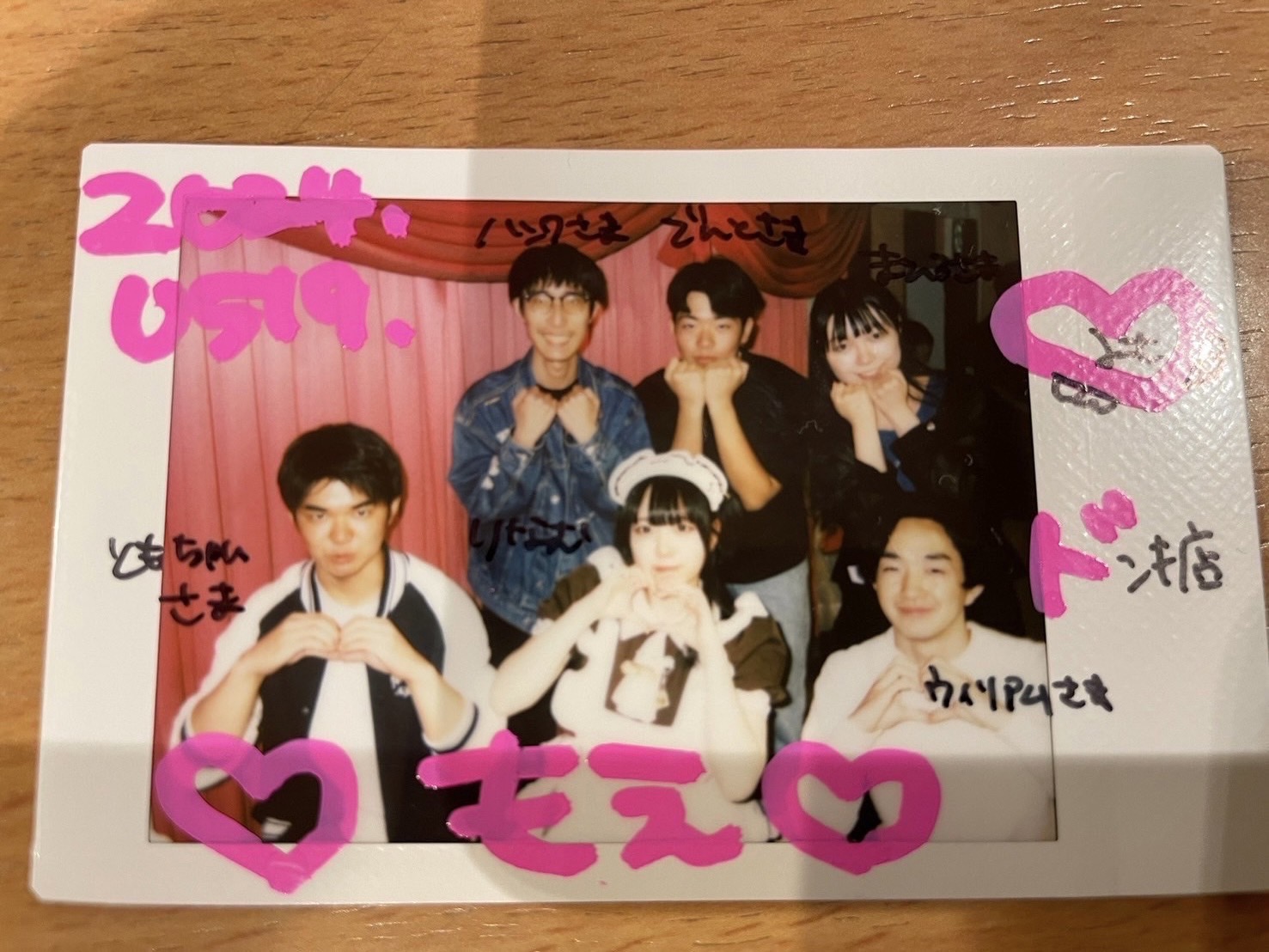The Downward Spiral of the Kimono
Well-known abroad, many foreigners coming to Japan are surprised about Japan’s traditional clothing, the kimono, to be hardly seen anymore. Worn daily throughout history, its origins reach back to the Heian period. Today, special schools exist to teach people how to wear it. How could the most important clothing of Japanese people be so neglected that so-called kimono schools are needed to preserve its tradition?
One of these kimono schools is the Minzokuishou Bunkafukyuu Kyoukai
(Cultural Association
for Traditional Costumes). Their work promotes the kimono not only as fashion
but as a piece of cultural history. A branch located next to Tokyo Station is
where Ms. Kamada, a teacher at the organisation, and Mr. Umezawa, who manages
the organisation, welcomed us in a traditional tatami room, serving us matcha tea and sweets. They explained their
love for kimono, as well as their worries concerning the future of their
favourite piece of clothing.
“When you wear kimono yourself, you understand why people have been wearing it
for so long and have kept it so dear to themselves,” said Ms. Kamada. She wears
kimono in her daily life and states that it is the piece of clothing she feels
most comfortable in. Her love for kimono emerged while preparing for her
married life. It used to be customary to learn about tea ceremony and kimono as
a bride-to-be. Furthermore, while living abroad and looking at Japan from an
outsider’s perspective, she developed a deeper appreciation for Japanese
culture and her love for kimono deepened. Eventually, she decided to work for
the organisation as a way to spread this love.
The organisation aims for the recognition and distribution of kimono. Overall, around 200 schools operate throughout the country, from Aomori to Kagoshima. The non-profit organisation has a history of over 40 years, spreading knowledge about kimono by organizing events and courses. “Kimono represent the four seasons of Japan. We try to teach the beauty of kimono through shows and courses,” said Ms. Kamada.
While not limited to any age or gender, most classes are attended by women in their 30s to 50s. Their clientele usually consists of office ladies and mothers whose children have already grown up. Since the interest in men’s kimono is too low, there are currently no courses specifically targeting men. The group promotes not only classic kimono styles but also modern, easily wearable kimono. One example uses denim fabric and styles the kimono with a beret and boots, a challenge to traditional kimono. This shows that the organisation is not only trying to preserve the past but wants to take a step forward as well. By doing this they are trying to attract young Japanese people; a key factor to making kimono popular again.
Nowadays, most prefer to rent a
kimono for special occasions. Many rental places are located in Asakusa,
Kamakura or Kyoto, where the traditional setting inspires people to put on a kimono.
Thus, even when people are wearing kimono, they are not creating revenue for
the kimono making industry. The lack of buyers has led to an inevitable decline
of kimono that are made in Japan. Today, many are produced in countries such as
China or Vietnam. In addition, traditional Japanese kimono makers are finding
it difficult to staff and train future craftsmen. Oftentimes, they end up
closing their shops forever. As a result, special methods such as the edo-komodon-pattern, which is a special
technique of stencil dyeing, are in danger of being forgotten. 98% of the silk
used for kimono is imported from Brazil, compounding the decline of Japanese
silkworm production. Since fewer people are wearing kimono, they have become
more expensive. Not only that, kimono maintenance can be challenging and scares
away many potential buyers.
In order to stop this cycle, more people have to wear kimono not only on
special occasions, such as graduation ceremonies, but on a more regular basis.
Ms. Kamada wishes for people to wear kimono like an everyday item — even if
only on the weekends. If more people would actually purchase kimono, production
could increase and the prices would go down. This hopefully would encourage
more people to wear kimono.
Moreover, they have focused on advertising towards foreigners. Last year they organised a multicultural festival in Akihabara. One of the organisation’s goals is to spread awareness of Japan’s culture in other countries as well. They hope international visitors will further share their experiences when they return to their home countries. On top of that, the organisation hopes that Japanese people will gain a positive image of their own traditional heritage through foreigners enjoying Japanese culture.
Mr. Umezawa expects the demand for kimono to remain stable until 2020, thanks to the promotion of Japanese culture in the context of the Tokyo Olympics. However, after the Olympics, the demand is likely to decline. Will the efforts of the organisation be enough to rescue the kimono?
“We can’t just give up on this tradition. To value this tradition, we need to tell young people to look back at our history and value the past,” said Ms. Kamada. To her it is important that Japanese people learn about their traditions. “We have to be proud of our traditions and share them with foreigners.”
Kimono will continue to be preserved as a part of the traditional culture, and also might have a place in high-fashion. Yet, imagining Japanese people to suddenly start casually wearing – and buying – kimono again is difficult. A few organisations alone will not be enough to break the kimono out of its downward spiral in popularity. However, listening to Ms. Kamada and Mr. Umezawa, one cannot help but feel a sense of optimism. Even now you can hear Japanese people talk excitedly about seeing Princess Michiko wearing a particularly beautiful kimono or discussing new ways to style one. This shows that Japanese people still have a special connection with this long-standing piece of clothing.

Written by: Laura Dorfner, Lou Ruedel
Edited by: Saya Takeda


